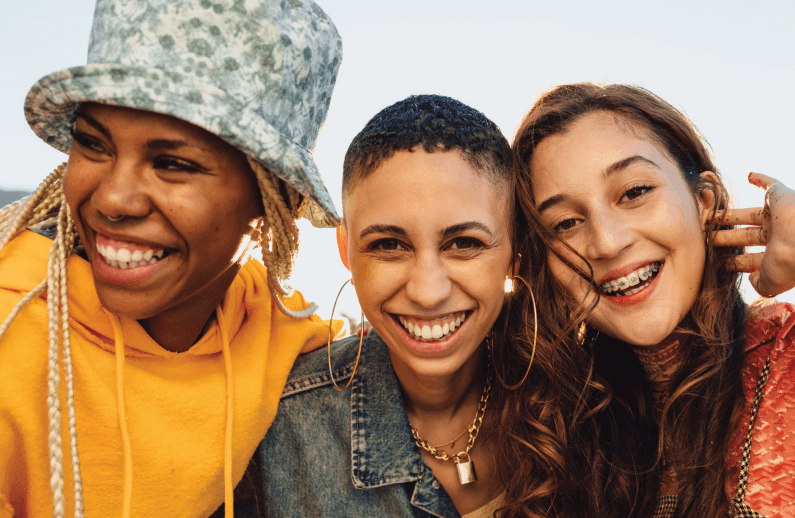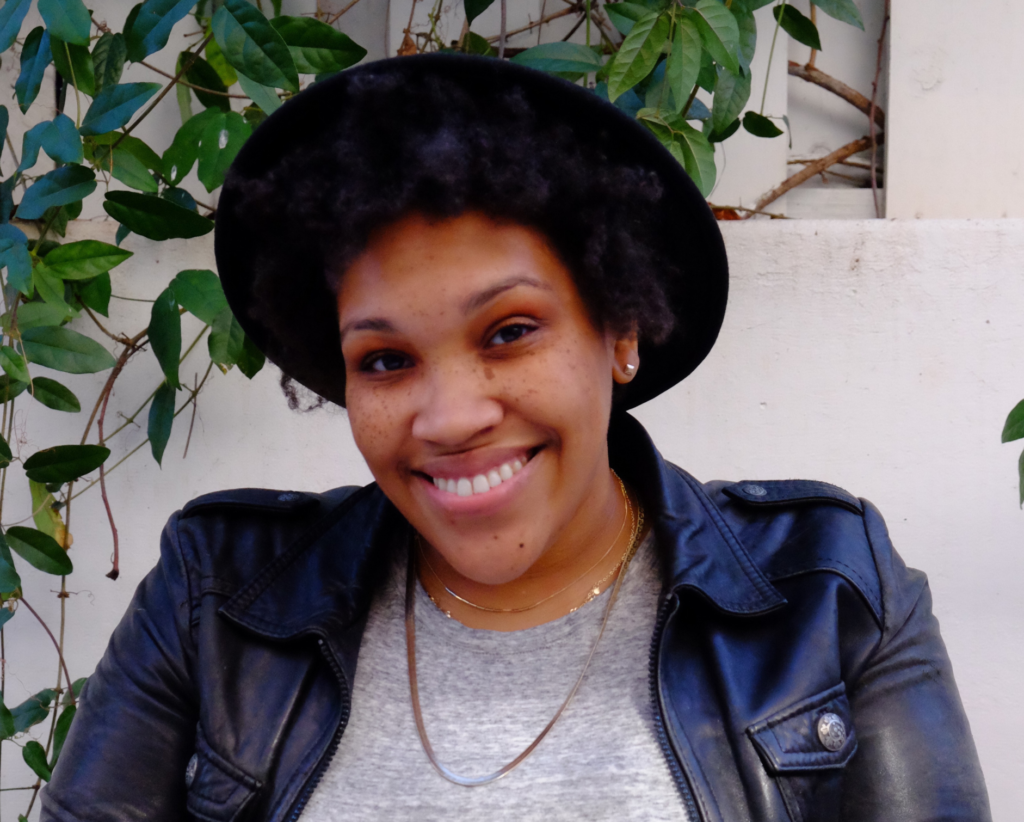

By A Anthony, Ph.D., Cultural Insights Strategist at Horowitz Research
As many U.S.-focused LGBTQIA+ Pride Month campaigns wind down, this is a perfect time for the media and marketing industry to reflect on the potential for a campaign’s lasting impact and impression on Gen Z. Did your marketing materials hit the cultural mark for your Gen Z consumers? Instead of talking to or at Gen Zers, how is your brand in conversation with Gen Z consumers year-round? How do your insights reflect your brand’s core DEI values? Key to this conversation is expanding your brand’s approach to encompass Gen Z consumers’ values for gender, sexuality, and equitable representation.
Passing the Gender Equality Vibe Check with Gen Z: From Truth to Trust, conducted by SeeHer and Horowitz Research, is a recent innovative study that investigates how Gen Z is curious about and creative with identity, rejecting binary thinking, and shedding societal expectations — and expecting brands to keep up, by reflecting their multifaceted worldview in their advertising, content, and communications. The study finds that half of Gen Zers believe gender is non-binary. Additionally, 37% of Gen Z consumers personally believe the labels describing someone’s identity should be chosen by the person, not given by society. While conservative Gen Zers are less likely to take this fluid approach to gender and identity, about a third of conservative Gen Zers agree that gender is non-binary and 17% believe that the individual has the power to choose their labels/identities.
Gen Zers believe that what have traditionally been considered gendered attributes/activities need no longer be treated as such. For example, most Gen Zers believe that it is okay for women to hold positions of power in public and personal spaces, as well as exhibit behaviors that are not considered traditionally “ladylike.” When Gen Zers are asked about examples of media content that does a good job at reflecting their identity and lifestyle, advertising is ranked lower than media. Disturbingly, a full quarter of Gen Zers feel there is no advertising that does a good job at this reflection. Which raises the question: Did your Pride Month branding measure up to Gen Z expectations?
The Horowitz and SeeHer study digs into the kinds of advertising and messaging that does resonate with Gen Z. Of the many commercials this study tested, most closely adhered to “traditional family values”. This commercial features a woman cooking and shows flashbacks of another woman making and cooking with the sauce in 1900s Italy. Participants were mixed on how they felt about this ad, which came off as “generic.” It didn’t resonate with Gen Z’s values given its adherence to stereotypical gendered expectations. Only 37% felt that women were appropriately represented. This ad might have performed better if the scene represented Gen Z lives. For example, what if a large group of diverse Gen Zers were cooking together in a shared college dorm kitchen? What if two siblings were learning to cook pasta and sauce for the first time? In other words, any DEI values this brand holds were not shown.
The study also tested an Indeed ad featuring a non-binary prospective job applicant. The applicant is looking up interview tips for trans and non-binary people on the Indeed website. During the interview process, the applicant and interviewer exchange pronouns. This simple act showcased effective DEI messaging. The storyline connected with many participants, who empathized strongly with the main character and appreciated the pronoun sensitivity. Overall liberal-leaning Gen Zers and half of the conservative-leaning Gen Zers liked this ad.
As we wrap up LGBTQIA+ Pride Month and turn toward Disability Pride Month (July) and National Minority Mental Health Awareness Month (July), we urge brands to ramp up their internal conversations and improve their Gen Z allyship. According to the study, nearly 50% claimed, “When I know a brand is committed to diversity and inclusion, I find myself more likely to do business/shop with them.” Gen Z imagines a world stripped of the pressures of binary thinking. How is your brand’s messaging helping turn this vision into reality?


